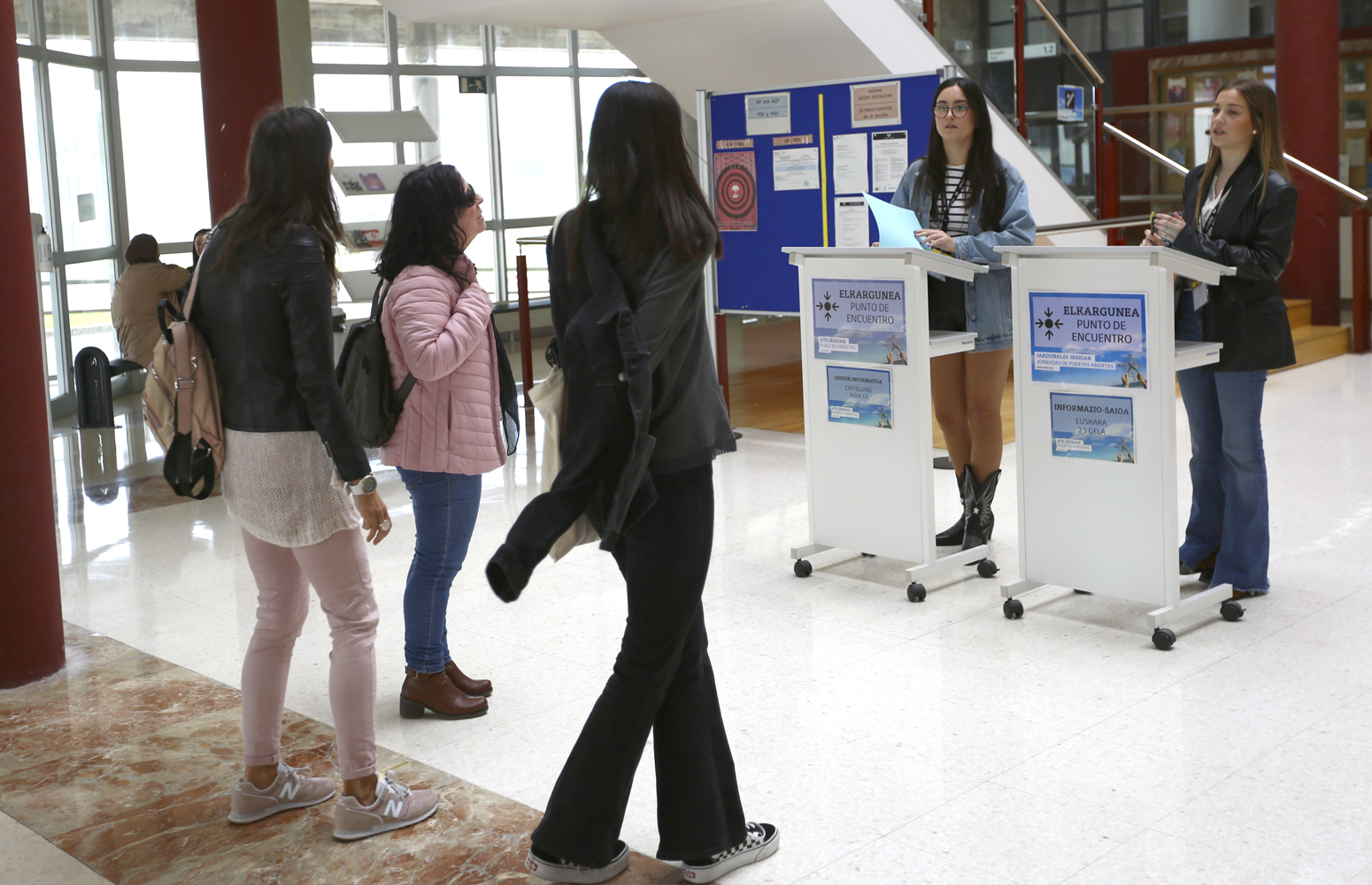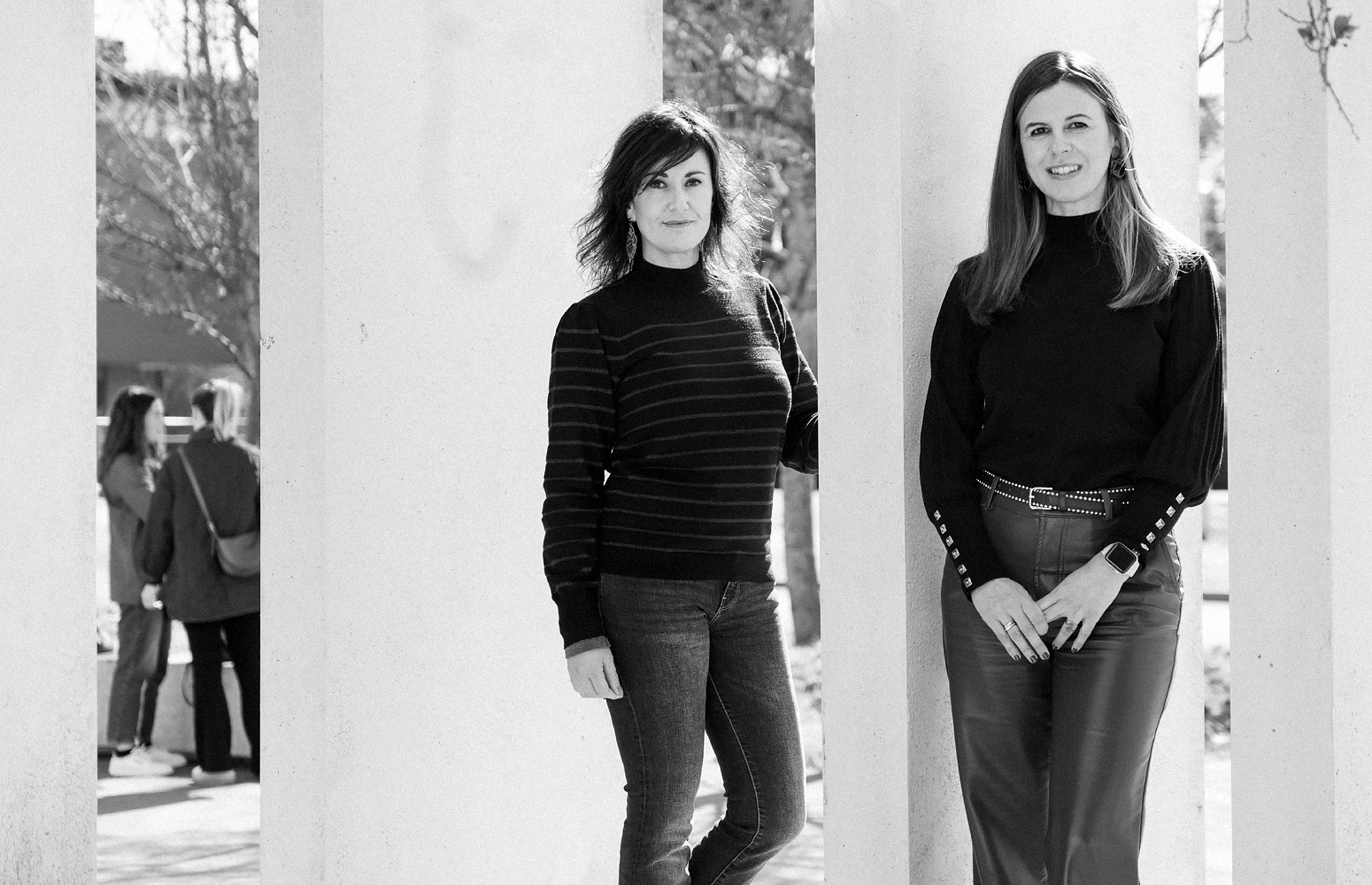-

1.000 estudiantes se han reunido presencialmente con empresas que buscan talento joven
-

Jule Goikoetxea: «Si queremos nuevos sujetos, se debe incidir en las relaciones de poder que los crean»
-

Jornadas Puertas Abiertas
-

Ocho mujeres que cambiaron la farmacología
-

Nuevo equipo en la dirección de la Estación Marina de Plentzia PiE-UPV/EHU
Simulan la colisión de partículas de los grandes aceleradores con un ordenador cuántico
El grupo QUTIS de la UPV/EHU prueba su propuesta teórica en el laboratorio de iones atrapados de la Universidad de Tsinghua en Pekín
- Investigación
Fecha de primera publicación: 25/01/2018

En 2011 el Grupo QUTIS de la UPV/EHU publicó en Physical Review Letters una novedosa propuesta teórica para reproducir colisiones de partículas como las de los grandes aceleradores sin necesidad de utilizar esas impresionantes infraestructuras. Ahora, con la colaboración del laboratorio de del profesor Kihwan Kim de la Universidad de Tsinghua, en Pekín (China), han confirmado la validez de la propuesta en un simulador cuántico de iones atrapados. Lo publica Nature Communications.
En los grandes laboratorios de física de partículas del mundo disponen de imponentes aceleradores de hasta, como es el caso del CERN (Organización Europea para la Investigación Nuclear, según sus siglas en francés), 27 kilómetros de circunferencia. En esos aceleradores se llevan a cabo costosísimos experimentos para estudiar la creación y aniquilación de la materia. ¿Sería posible simular esas colisiones en pequeños experimentos encima de la mesa? El Grupo QUTIS que dirige en la UPV/EHU el profesor Ikerbasque Enrique Solano planteó en 2011 una propuesta teórica que siete años después han podido verificar en el laboratorio de iones atrapados del profesor Kihwan Kim, de la Universidad de Tsinghua.
“Pusimos en marcha un teatro cuántico, en el que las partículas se comportan como actores en un ordenador cuántico, es decir, unas imitan a otras para diversos fines”, explica el profesor Enrique Solano. Tuvo un aspecto lúdico, pero también muy práctico, ya que estos experimentos conllevarían en un futuro un ahorro de dinero y serían, además, pruebas controladas imposibles de calcular en los ordenadores convencionales. “Hemos conseguido imitar cómo la materia (representada por fermiones, uno de los dos tipos de partículas elementales que existen en la naturaleza) y la antimateria (antifermiones) se crea y se destruye, usando láseres, átomos cargados (iones) y trampas atómicas. Es decir, hemos simulado una física muy similar a la de los grandes aceleradores en un ordenador cuántico de iones atrapados”, añade el director del grupo QUTIS.
Sobre el grupo QUTIS
El Grupo QUTIS es líder mundial en simulación y computación cuántica, y ha realizado propuestas para implementaciones cuánticas que se han llevado a cabo por los mejores laboratorios del mundo. Colabora con investigadores de los cinco continentes, y trabaja en una variedad de plataformas cuánticas, como iones atrapados, circuitos superconductores, fotónica cuántica, y resonancia magnética nuclear. Colabora, asimismo, frecuentemente con empresas tecnológicas multinacionales del sector, como Google e IBM. El equipo de la Universidad del País Vasco que ha participado en este experimento ha estado liderado por el profesor Enrique Solano, y ha contado con los doctores Lucas Lamata, Jorge Casanova, y Julen Pedernales. Los dos últimos comenzaron su participación en este proyecto durante su trabajo en QUTIS y actualmente son investigadores postdoctorales en la Universidad de Ulm (Alemania).
Referencia bibliográfica
- Experimental quantum simulation of fermion-antifermion scattering via boson exchange in a trapped ion
- Nature Communications 9, 195 (2018)
- DOI: 10.1038/s41467-017-02507-y




